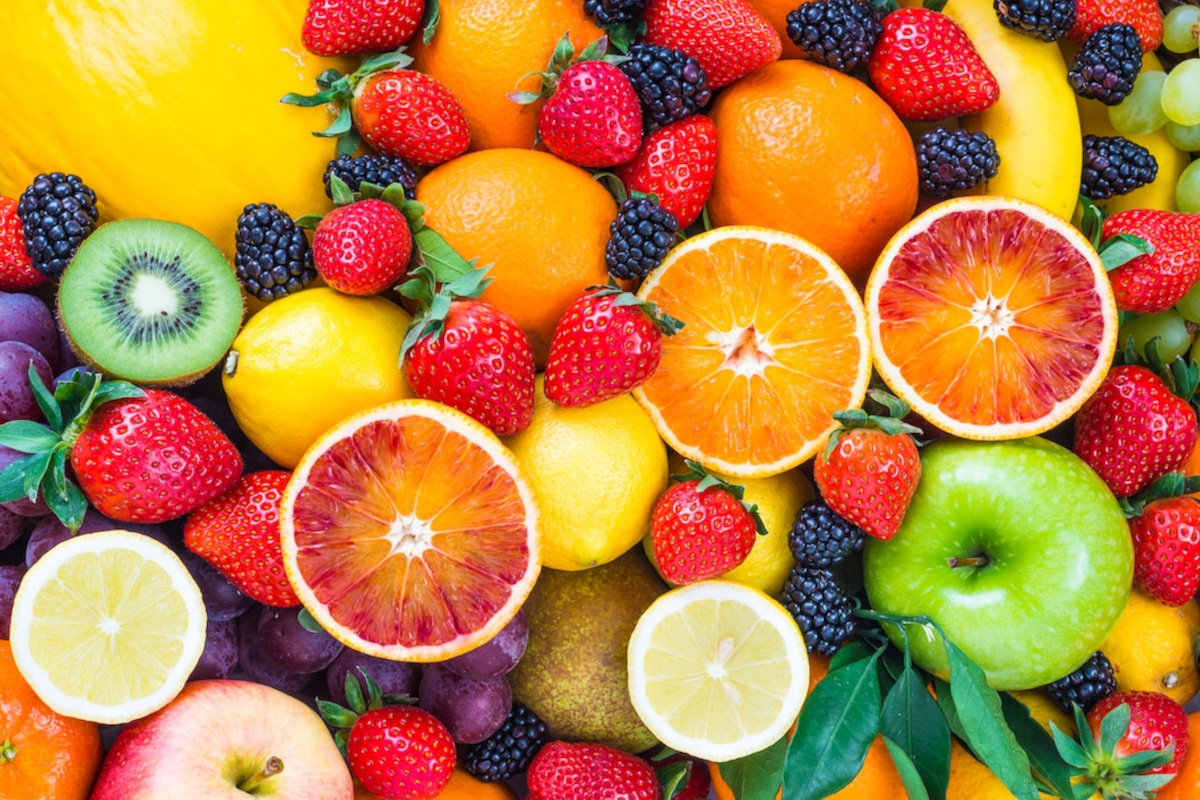
The trajectory of Italy’s fruit and vegetable sector hangs in the balance, influenced by the policy dynamics within the European Union. At the forefront is the packaging directive, which, as per Coldiretti, the Italian growers’ association, “poses a formidable threat to supermarket staples like bagged lettuce, strawberry baskets, cherry tomato packages, and netted oranges, potentially reshaping Italian consumption patterns and exerting disruptive pressures on agri-food corporations.”
This cautionary sentiment was articulated by Coldiretti’s President, Ettore Prandini, during the Fruit Logistica trade show summit, where farmers from across Europe converged to deliberate on the future of the sector. In 2023, Italian fruit and vegetable exports notched a historic high, approaching the 12 billion euro mark for both fresh and processed produce—a remarkable 12% surge from 2022 (source: Coldiretti’s projection based on Istat data).
Find authentic Italian fruit and vegetables on the Italianfood.net platform
While the European Union has presently retracted the proposition to slash pesticide usage, a measure that would have notably impacted grape and tomato cultivation, the battle against free trade agreements remains unabated. Numerous agricultural organizations contend that such agreements lack the assurance of reciprocity. Coldiretti emphasizes, “All products entering the European Union must adhere to identical health, environmental, and labor standards, including stringent safeguards against child labor.”
Italy, as the premier European producer, commands leadership in a spectrum of horticultural categories, from tomatoes, eggplants, artichokes, and fresh chicory to endives, celery, and fennel. The nation’s prowess extends to pivotal fruit segments, encompassing apples, fresh pears, cherries, table grapes, kiwis, hazelnuts, and even chestnuts.
